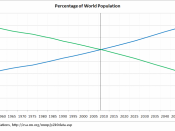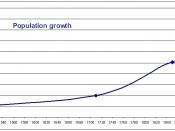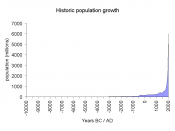Population Control in Southeast Asia
Governments everywhere are concerned with the rapidly changing spatial distribution and growth of their populations, as people move to take advantage of different opportunities or are forced out of traditional occupations or places of residence by changing conditions. Research into areas such as connections between population growth and development is still at its early stages. The relevance of this research for policy makers is not always clear because of the nature of macro and micro research into population growth. If there is one aspect of population study that developing--as well as developed--nations reach agreement it is their frustration with the distribution of population. In the United Nations' Tenth Population Enquiry among Governments conducted in 1994, only six delegations declared the spatial distribution of their population to be 'acceptable' whereas forth-two voted that it was 'unacceptable to some extent', and sixty-eight declared it to be 'highly unacceptable'.
Furthermore, two-thirds of the countries wanted to slow the rate of rural-urban migration, and a further 12 per cent wanted to reverse it.
Although we have a fairly clear picture of recent trends in population growth in most of the countries in Southeast Asia the picture is based primarily on data collected in censuses and surveys on long-term movement across boundaries. Population distribution--or mobility--is also closely related to the population growth of any nation. Table 1 shows three major objectives that predominate the Southeast Asian region. First, the reversal of rural-to-urban migration trends is obviously the most common goal among all the countries. The second major objective is to change rural population distribution; in many cases governments would do this through colonization or possibly resettlement schemes. The third objective, altering urban configuration, which was adopted by five nations, is usually done through controlling primate city growth and...


